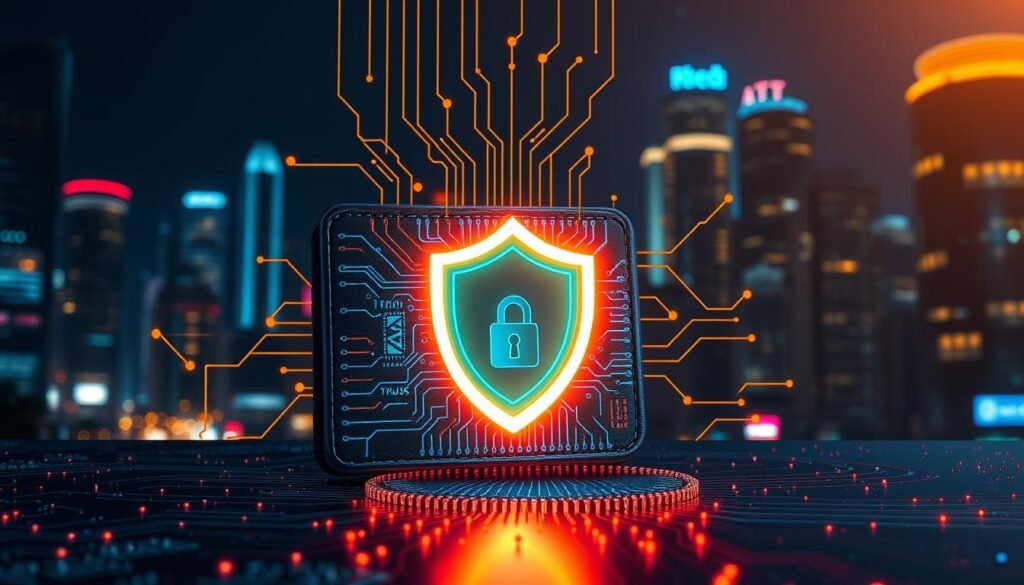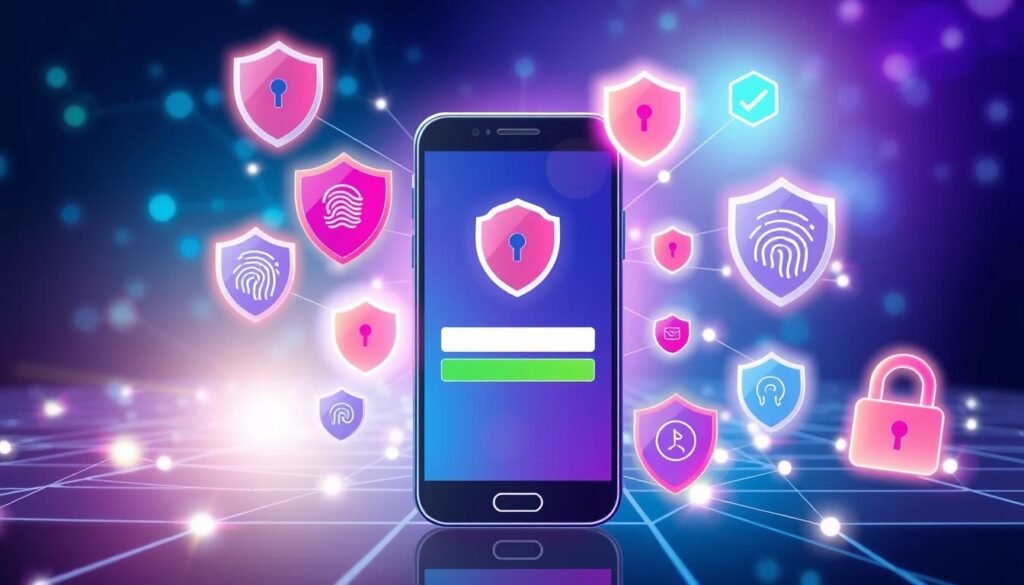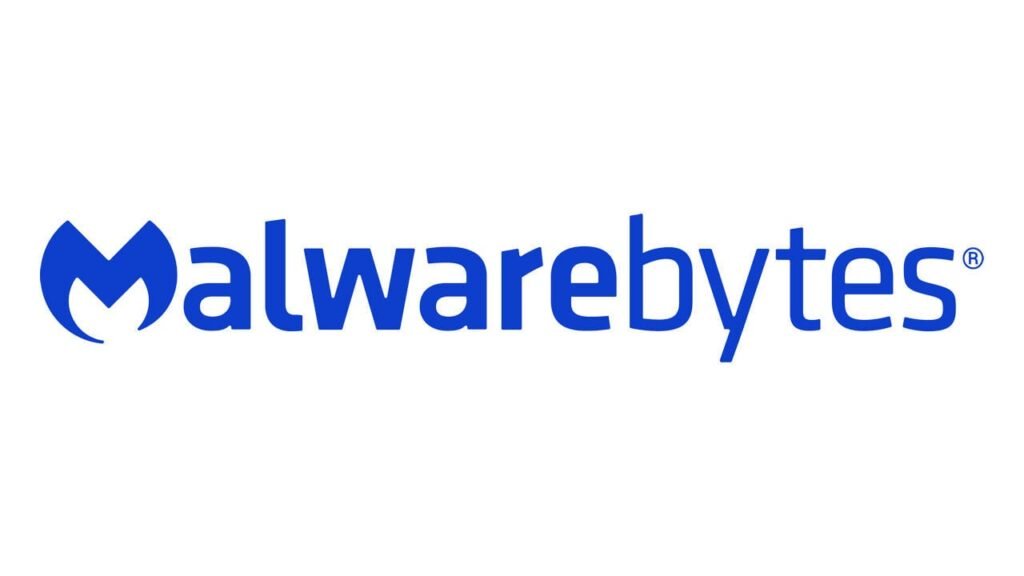Did you know that more than half of all time spent on digital media is on mobile apps? The time users spend on these apps has jumped by 21% in just one year1. With mobile payment apps and digital wallets getting more popular, it's key for developers and businesses to focus on security. As more transactions move online, strong security is not just a good idea; it's a must to keep data safe and earn user trust.
It's vital to follow the best practices for securing mobile payment apps. This not only improves app performance but also protects the user's experience. Most mobile payment apps are downloaded from official stores or financial sites, showing how critical security is from the start2. With cyber threats on the rise, keeping your app updated is essential to stay safe from new dangers.
By sticking to top mobile app security tips, you help make transactions safer and protect your customers' data. This article will show you key strategies for making your mobile payment app secure.
Key Takeaways
- • Over half of digital media time is spent on mobile apps, highlighting their importance.
- • Implementing regular security updates is crucial to address vulnerabilities.
- • Safeguarding consumer data builds trust and enhances user experience.
- • Monitoring transactions can help in spotting unauthorized activities.
- • Utilizing strong passwords and multifactor authentication significantly enhances app security.
Understanding Mobile Payment Technology
Mobile payment technology lets you make transactions with your smartphone or tablet. It changes how you handle money, making it easier and safer. Apple Pay and Google Pay use NFC and encryption to keep your data safe.
The global mobile payment market was worth US$67.5 billion in 2023. It's expected to grow to US$587.52 billion by 2030, with a 36.2% CAGR3. Now, 36% of people in the U.S. prefer PayPal for digital payments3. Mobile wallets also protect your info by using tokens instead of real data.
Smartphones are everywhere, with over 80% of users in China using Alipay and WeChat Pay3. In the U.S., mobile payment users jumped from 29% in 2019 to 43% in two years3. This shows a big move towards not using cash, making mobile wallets key for daily money matters.
Why Mobile Payment Security is Essential
The importance of mobile payment security is huge. More and more people use their phones, smartwatches, and tablets for money matters. Services like Apple Pay and Samsung Pay make it easy to shop online and in stores. Keeping customer data safe is key to avoid big losses and damage to reputation.

People are more likely to leave services that don't keep their data safe. Good customer data protection means using things like encryption and tokenization. These methods make it hard for hackers to get to your real info4.
Many folks don't trust mobile payments as much as old-school banking, surveys show5. Companies must focus on financial transaction safety. They need to follow rules like PCI DSS and use strong ways to check who you are, like two-factor authentication.
| Security Practice | Description | Benefits |
|---|---|---|
| Encryption | Scrambles sensitive data during transactions | Safeguards against unauthorized access |
| Tokenization | Replaces sensitive information with unique identifiers | Reduces risk of data breaches |
| Regular Updates | Keeps software current and secure | Protects against known vulnerabilities |
| Two-Factor Authentication | Requires additional verification steps | Increases protection against unauthorized access |
By using these methods, companies can make their security better. This builds trust and loyalty with customers. As more people use mobile payments, having strong security is more important than ever6. Good security is not just a rule; it's what customers expect in today's digital world.
Security Risks Associated with Mobile Payments
Mobile payment apps can put your personal and financial info at risk. It's vital to know about data breaches, malware, and phishing scams. As more people use these apps, staying informed is key.
Data Breaches and Malware
Data breaches are a big problem. They can let hackers get your credit card numbers and personal info. With almost 80% of shoppers in the U.S. using digital payments by 2020, the risk is higher7.
Cyberattacks jumped by 31% from 2020 to 2021. This shows we need strong malware protection7. Always be careful with your security when using these apps.
Phishing Attacks
Phishing scams are getting more common in mobile payments. In 2021, 83% of companies faced phishing attacks, up 26% from 20207. These scams try to trick you into sharing sensitive info, risking your accounts and data.
To protect yourself, use Two-Factor Authentication (2FA)8. Also, keep an eye on your account to spot any odd activity fast.
Best Practices for Securing Mobile Payment Apps
Keeping your mobile payment apps safe is key to protecting your financial info. Using strong security measures can stop fraud and data breaches. Here are some top tips to follow.
Implement Strong Authentication Methods
Strong authentication boosts your app's security. Two-factor authentication is a must to ensure only the right people can log in. With 69% of users preferring app-based money transfers, security is more critical than ever9.
Biometric features like fingerprints and facial scans add an extra layer of protection. They help keep your app safe from unauthorized access. Also, using unique, strong passwords for your accounts is crucial to fight off hackers10.
Regular Software Updates and Patch Management
Keeping your app updated is essential for security. Old systems are easy targets for hackers. This makes regular updates a must.
Research shows credit cards offer better fraud protection than mobile apps. So, it's vital to secure your app well10. Always check your accounts for suspicious activity monthly. This helps catch fraud early10.
Sharing less personal info with these apps also reduces the risk of data breaches. This includes your Social Security number or birthdate10.

Choosing a Reliable Payment Processor
Choosing a reliable payment processor is key for businesses that use mobile payments. Look for security certifications and standards like PCI DSS and EMV. Working with payment processing partners like PayPal, Stripe, and Square can help keep your payments safe11.
Make sure the processor uses strong encryption to protect data12. Tokenization is also important, as it makes data safer during transmission. A good processor will also support multi-factor authentication and keep software up to date11.
With fraud costing retailers over $100 billion a year, secure payment solutions are a must11. Teach your customers about safe payment practices to boost security. This approach prevents breaches and builds trust13. A reliable payment processor keeps you legal and ensures a safe shopping experience12.
Protecting Sensitive Customer Data
In today's digital world, keeping customer data safe is key. With billions of smartphone users, the amount of sensitive info is huge. Companies must use strong methods to protect this data and keep trust with customers.
Tokenization Techniques
Tokenization is a big help in keeping data safe. It swaps sensitive info with special tokens, making it hard for hackers to get to the real data. Sadly, 97% of fintech apps lack basic security, showing how important tokenization is14.
Using these methods can protect personal info, making transactions safer.
End-to-End Encryption Standards
End-to-end encryption keeps data safe from prying eyes. Using secure encryption, like SSL/TLS, can lower the risk of data breaches. But, 80% of fintech apps use weak encryption, making stronger protections urgent15.
By using strong encryption, you can protect your apps from cyber threats. These threats have jumped by 187% from 2022 to 202314.
Ongoing Employee Training and Awareness
In today's fast-changing digital world, ongoing employee training is key to fight mobile payment fraud. The average cost of a data breach in 2020 was $3.86 million. This shows how important it is to have good training on cybersecurity awareness16. A good employee training program can really help lower risks. Companies must teach all employees about security, as PCI DSS rules require17.
Workers need to learn to spot phishing, like “smishing” and “vishing.” Since 96% of phishing attacks come through email, it's a big risk16. It's also important to teach them not to fall for phishing again, as 15% of victims are targeted twice in a year16. Adding mobile payment training to these sessions helps staff understand mobile transaction threats and how to avoid them.
With more employees using their own devices, security risks grow. In fact, 62% of companies faced a mobile security issue last year18. Keeping training up to date helps your team stay alert to security risks every day. It's also important to tell employees about security updates to build a culture of security17.
Monitoring and Managing Mobile Payment Transactions
Keeping an eye on mobile payment transactions is key to stopping fraud. Transaction monitoring spots suspicious activities right away. This lets you take action quickly to prevent problems. Anti-money laundering (AML) tools are also important for catching odd transactions and keeping users safe19.
Fraud detection systems use advanced analytics and machine learning. They look for patterns that might show fraud. These systems boost security and help follow rules, keeping a good name19.
Watching mobile payment transactions closely helps businesses avoid big risks. In 2021, 71% of businesses faced payment fraud. Using strong fraud detection is now more critical than ever20. Secure payment gateways that follow PCI DSS standards help protect customer data20.
In short, active monitoring helps catch fraud and makes users happier. Using a wide range of fraud detection methods, like multifactor authentication and payment tokenization, makes mobile payments safer. It also makes using them easier20.
Conclusion
Securing mobile payment apps is crucial for building trust and keeping your reputation safe. Payment frauds, especially with credit cards and digital wallets, make up 92% of all frauds worldwide in 202221. It's important to use strong security measures.
Following a summary of best practices helps a lot. This includes using two-factor authentication and end-to-end encryption. These steps can greatly lower the risks of mobile payments.
The cost of cybercrime is expected to hit USD 8 trillion in 202321. So, investing in mobile payment security is a must. It's not just a choice; it's necessary for survival in today's digital world.
Make sure everyone knows how important mobile payment security is. Also, keep training your employees. This creates a culture that values security. It protects your customers' data and your brand's reputation.
In short, stay updated with new tech and security threats. This way, you can make sure your customers feel safe when they make mobile payments. This builds trust and loyalty over time.




